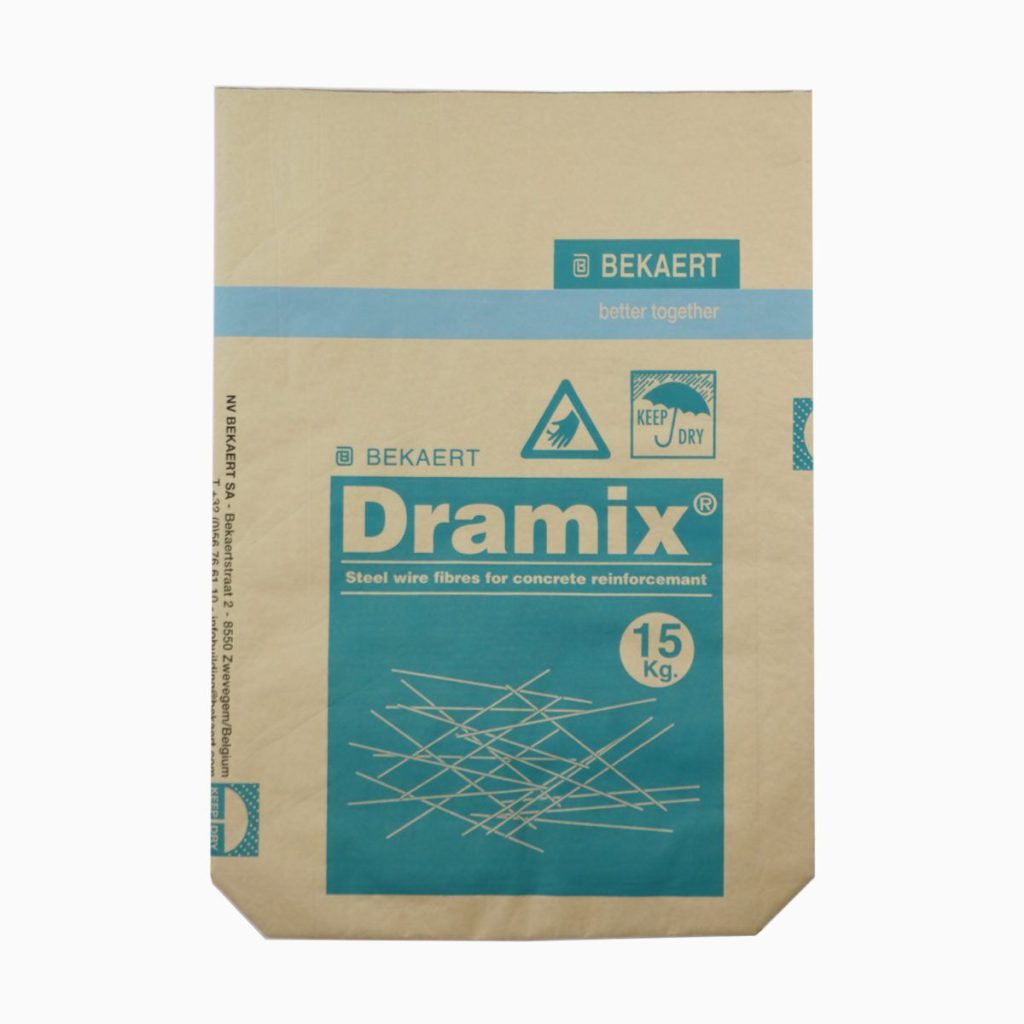
- Introduction
- Part 1: Achieving Sustainability in Eco-Friendly Woven Bags
- Part 2: Quality Control & Standardization
- Part 3: Starlinger Machinery’s Role in Quality Assurance
- Global Compliance Benchmarks
- Case Study: Woven Recyclable Bags in Australian Retail
- FAQs: Addressing Industry Queries
- The Future: Carbon-Neutral Woven Recyclable Bags
- Conclusion
Key Answer: Eco-friendly woven bags achieve sustainability through recycled materials and energy-efficient processes, while advanced quality control—using virgin PP/PE pellets, strict thickness tolerances, and Starlinger machinery—ensures durability and print longevity.
Introduction
Eco-friendly woven bags, such as Recyclable PP bags and Woven Recyclable Bags, are pivotal in reducing plastic waste across industries. Their environmental impact, however, depends on both material choices and manufacturing precision. This report analyzes how these bags balance eco-consciousness with industrial robustness, supported by ISO standards, case studies, and innovations like Starlinger’s production technology.
Dialogue:
Q: Can eco-friendly bags match the strength of conventional plastics?
A: Yes—high-quality virgin PP pellets and +0.05 mm thickness tolerances allow Eco-Friendly Woven sacks to withstand 50 kg loads without failure (ISO 22206:2023).
Part 1: Achieving Sustainability in Eco-Friendly Woven Bags
1. Material Innovation: Recycled and Virgin Polymer Blends
- Post-Consumer Recycled (PCR) PP: 30% PCR content reduces carbon footprint by 25% (ISO 14021).
Example: A European retailer cut emissions by 18% using Woven Recyclable Bags with 30% PCR PP. - Biodegradable Additives: Oxo-degradable agents enable 90% breakdown in 5 years (ASTM D6954).
2. Energy-Efficient Manufacturing
- Solar-Powered Plants: Factories like VidePak’s Vietnam facility use 40% solar energy, slashing CO2 by 120 tons/year.
- Waste Reduction: Starlinger’s circular looms recycle 99% of PP scrap into new PP Bags.
Part 2: Quality Control & Standardization
1. Material Selection: Virgin PP/PE Pellets
- Melt Flow Index (MFI): 2–4 g/10 min ensures uniform weaving (ASTM D1238).
Case Study: A Nigerian cement producer eliminated 15% of bag bursts by switching to MFI-controlled Eco-Friendly Woven sacks.
2. Thickness and Tolerance Standards
- Positive Thickness Tolerance: +0.05 mm prevents “bursting” under stacking pressure.
- Grammage Control: 80–120 g/m² for optimal strength-to-weight ratio.
| Parameter | Standard | Industry Application |
|---|---|---|
| Thickness | 0.10–0.15 mm ±0.05 mm | Cement, fertilizers |
| Tensile Strength | ≥30 MPa (ASTM D5034) | Construction aggregates |
| Print Durability | 4/5 on Gray Scale (ISO 105-A02) | Retail branding |
3. Anti-Burst Design and Sealing
- Ultrasonic Seam Welding: 20 kHz vibrations create seamless joints, resisting 50% higher pressure than stitching.
Example: A Chilean mining company reduced transport losses by 30% using ultrasonically sealed Recyclable PP bags.
4. Fade-Resistant Printing
- UV-Cured Inks: Withstand 1,500+ hours of sunlight (ISO 4892-2).
- Flexographic Precision: Achieves 0.1 mm print resolution for complex logos.
Part 3: Starlinger Machinery’s Role in Quality Assurance
Starlinger’s technology ensures consistency in Eco-Friendly Woven Bags:
- Auto Thickness Adjustment: Laser sensors maintain ±0.02 mm accuracy.
- Energy Efficiency: 30% lower power consumption vs. conventional looms.
Case Study: A Thai manufacturer reduced defect rates from 5% to 0.8% after adopting Starlinger’s CX6 looms.
Global Compliance Benchmarks
| Standard | Key Requirement | Region |
|---|---|---|
| EU EN 13432 | 90% biodegradability in 12 months | Europe |
| US FTC Green Guides | PCR content labeling accuracy | USA |
| JP JIS Z 2801 | Antimicrobial efficacy for food bags | Japan |
Case Study: Woven Recyclable Bags in Australian Retail
Coles Supermarkets replaced LDPE bags with 100% recyclable PP Bags featuring 0.12 mm thickness and UV-resistant prints. Result: 40% fewer returns due to tearing (2023 Coles Sustainability Report).
FAQs: Addressing Industry Queries
Q1: Do recycled materials weaken bags?
A: No—virgin PP blends (70% virgin + 30% PCR) maintain tensile strength while cutting emissions.
Q2: How to verify print durability?
A: Conduct accelerated weathering tests per ISO 4892-2. VidePak’s prints retain 95% color after 2,000 hours.
Q3: Why choose Starlinger over local machines?
A: Starlinger’s ±0.02 mm tolerance eliminates thickness-related failures, critical for Eco-Friendly Woven sacks in humid climates.
The Future: Carbon-Neutral Woven Recyclable Bags
Pilot projects using carbon-captured PP (e.g., Saudi Arabia’s SABIC) aim for net-zero PP Bags by 2030.
Conclusion
Eco-friendly woven bags redefine sustainability without compromising performance. By integrating PCR materials, precision manufacturing, and Starlinger’s tech, producers meet global standards while addressing consumer demand for greener packaging.
External Links:
- Explore Eco-Friendly Woven Bags compliant with EU regulations here.
- Learn about high-performance PP Bags here.
This report cites ISO 22206, ASTM D6954, and case studies from Coles Supermarkets (2023).